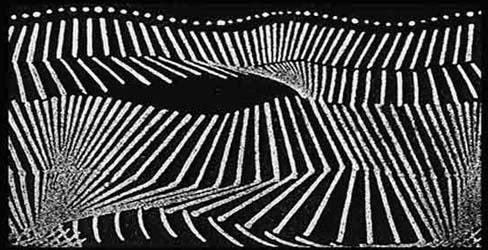
Portfolio: Etienne-Jules Marey
Etienne-Jules Marey Born in 1830, the physician and physiologist Etienne-Jules Marey became interested in movement at an early stage of his career: the movement of blood as it circulated, the movements which controlled the beating of the heart, then those of the muscles and nerves. To improve his studies, he developed more and more precise recording instruments. Once he had explained the internal movements of the body, Marey extended his investigations to the motion of the body as a whole: a walking human being, a flying dragonfly, a swimming ray, a falling cat…All these movements were described in space and time by his graphical method, and then by chronophotography, his invention which opened the way for the cinematograph which was to be "born" at the end of the nineteenth century. Tirelessly, this brilliant visionary stopped the passage of time, accelerated it, slowed it down to "see the invisible," and recreated life through images and machines. His work was to have an important resonance in many technical and scientific areas, such as cardiology, scientific filmmaking, biomechanics, physical education, and aviation.
From 1882 onwards, Marey and his research assistant Georges Demen˙ began to record human movement with chronophotographic cameras, first on glass plates and later on film. Demen˙ then created “geometric sketches” based on the plate and film images. While Marey developed scholarly theories on the human walk, Demen˙ gradually assembled a plan for a system of physical education, whose main principles were officially adopted in 1891 by the French Ministry of Public Education.

Analyse Cinematique de la Marche, published May 19, 1884.
Marey’s study of walking and research on muscular forces, as well as his work on physical education and gymnastics in schools, gave him the chance in 1882 to request the French Ministry of War and Ministry of Public Education to finance the work and running costs of his laboratory, the Station Physiologique. Marey defined the project of the Station as: "to determine the series of actions which are created in human locomotion in its various types [...], to measure the effort expended at each moment in the different actions of locomotion, in order to seek the most favourable conditions for utilisation of that effort." His research allowed the establishment of rules governing the manoeuvres of soldiers, the physical exercises of young people, and the operations carried out by workers: in short, the best possible use of the muscular effort of the human being.
http://www.expo-marey.com/ANGLAIS/home.html